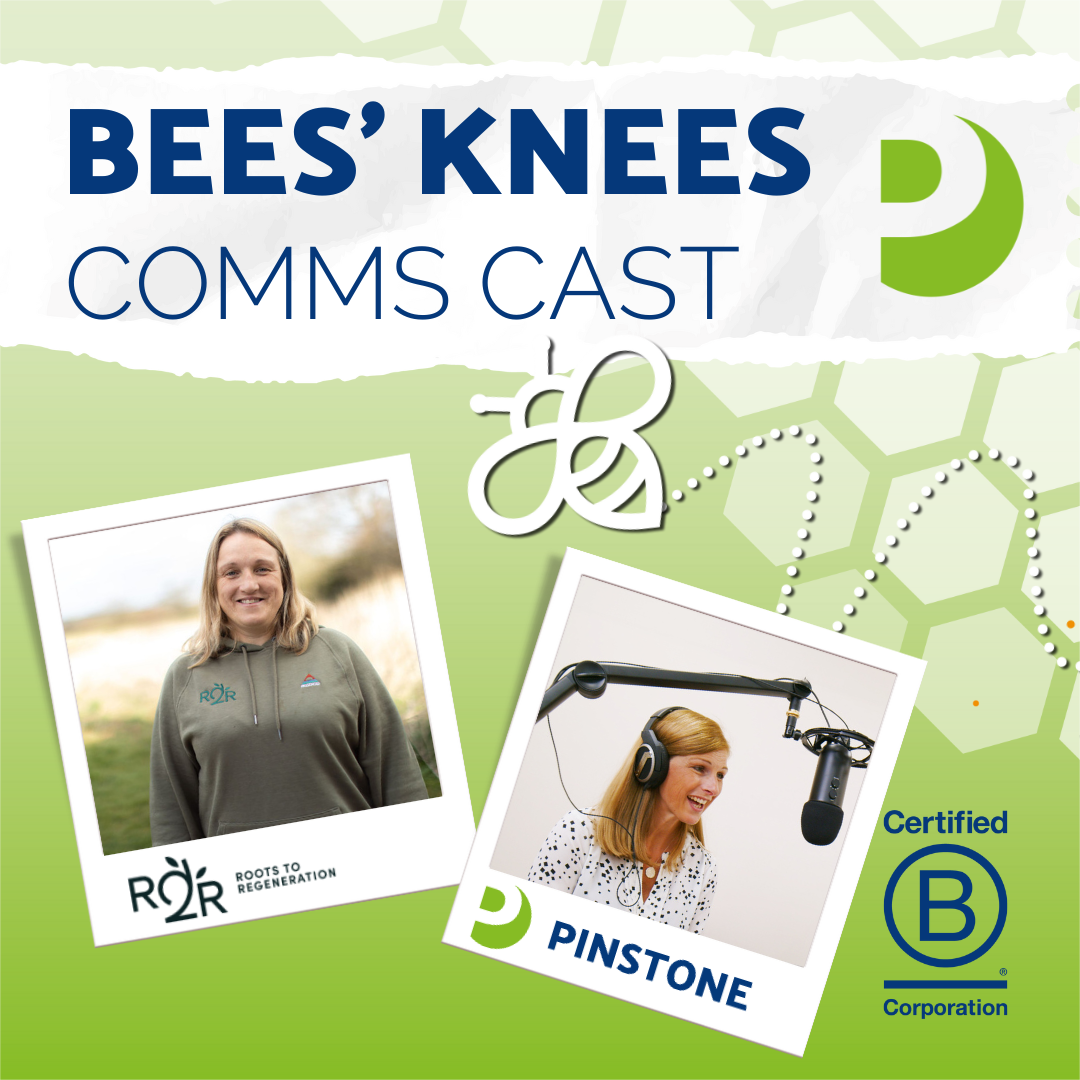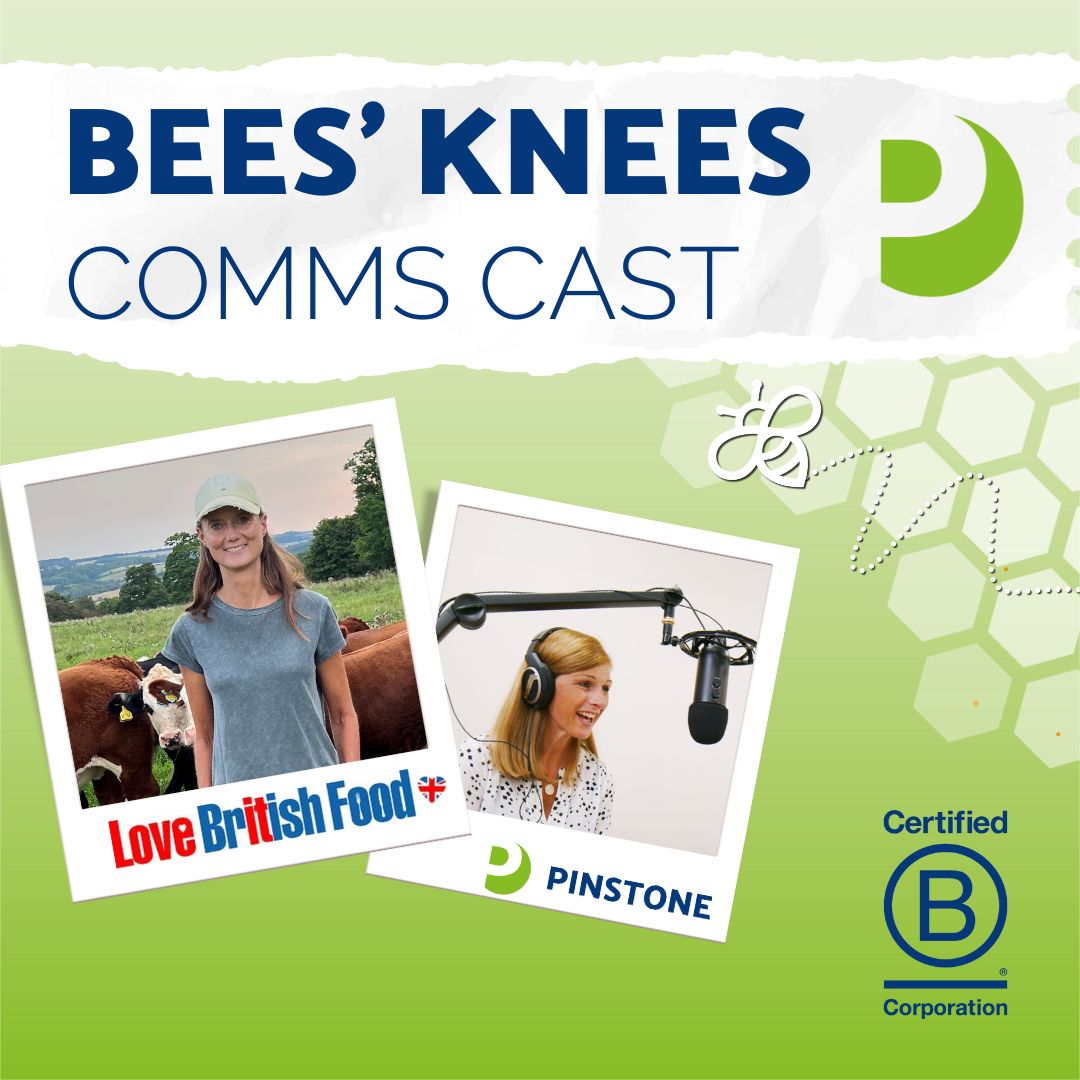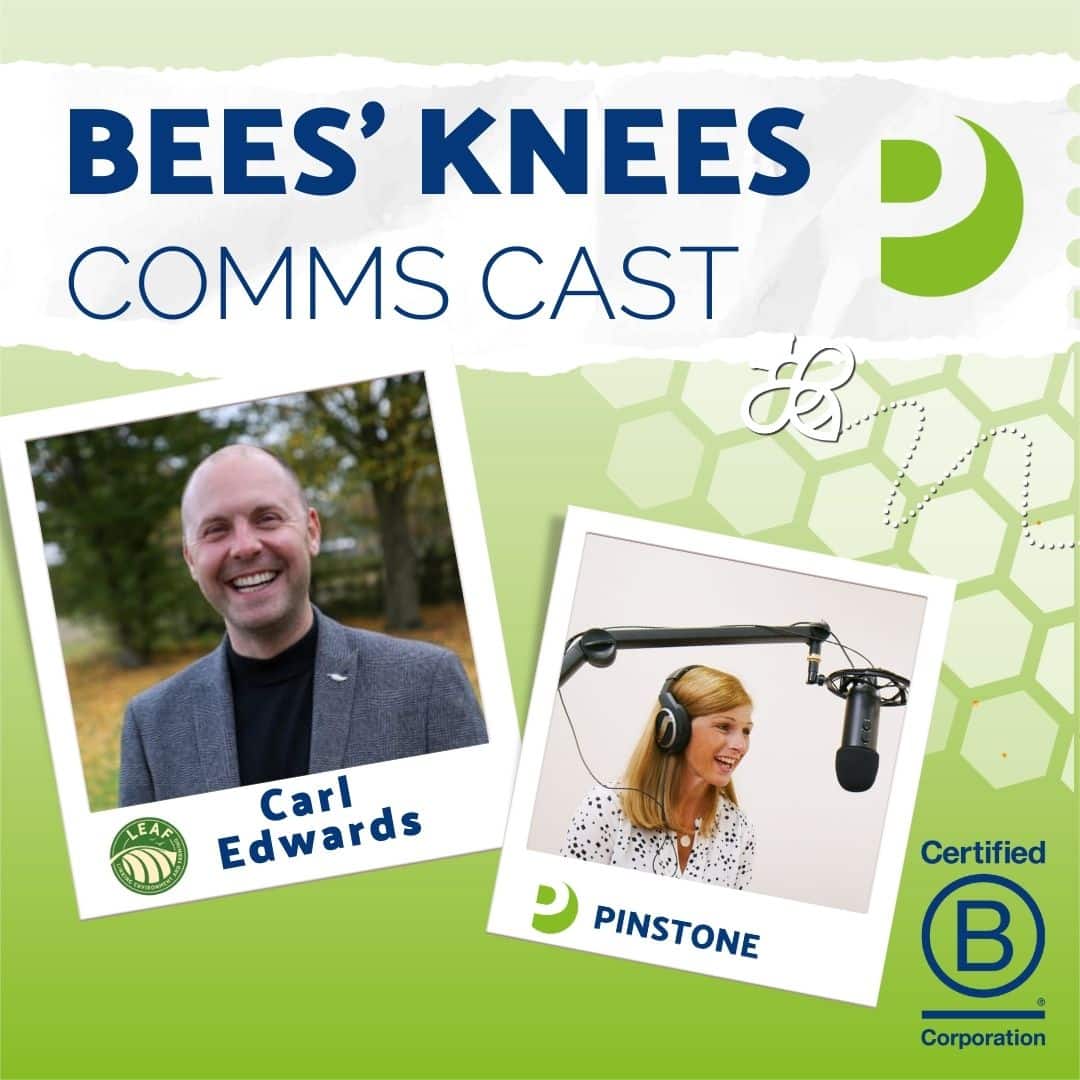
Soil, science and the art of storytelling
Learn how Professor Lorna Dawson uses soil to solve crimes and why storytelling is key to changing public perceptions of this vital natural resource.
Soil, science and the art of storytelling
When you think of soil, you might picture muddy boots and growing crops, not courtroom drama. Not so for Professor Lorna Dawson, head of the Centre for Forensic Soil Science at the James Hutton Institute, who knows that soil is not only the foundation of life – it's also a key to solving some of the UK's most serious crimes.
From farming roots to forensic science
With a family background in farming and agriculture, Professor Dawson’s fascination with soil began early.
Her expertise has since expanded into the world of forensic science, using the chemical, physical, and biological properties of soil to trace evidence and build legal cases, from cold-case murders to rural crime and food provenance.
“Soil can link a suspect to a crime scene or help trace the source of contamination,” she explains.
Whether it is helping farmers prove land degradation or tracing soil on a suitcase to a burial site, the evidence she uncovers is both powerful and precise.
Lorna is quick to remind us, however, that the glamour of television shows does not reflect the laborious and lengthy reality of forensic soil investigations.
A living, breathing landscape
Soil is anything but static. “It’s our planet’s lifeblood,” says Lorna. Home to over a quarter of the world’s species, soil regulates floods, filters water, stores carbon and grows 95% of our food.
Yet soil’s true value and the inherent link between living soil and growing plants is often overlooked.
With colourful references to red soils in Laurencekirk or sandy loams in East Anglia, Lorna reminds us of its diversity and importance.
“We need to treat soil with respect – it’s teeming with life, and when we lose it, we lose a vital ally.”
The role of communication in showing the wider value of soil
From crime drama consultations to school visits, Lorna’s secret to natural and effective communication is simple: storytelling.
“Humans have always told stories to understand the world – we just need to make the science relatable,” she says.
Her approach isn’t limited to criminal cases. Through demonstration farms, virtual platforms and community engagement, she’s helping farmers and policymakers alike connect with science in practical, accessible ways.
Elevating importance of soil on the political agenda
With support from initiatives like the Sustainable Farm Network and the Food, Farming and Countryside Commission, Lorna’s mission is to bring soil into the spotlight – politically, socially and practically.
“Science must be shared in the right way, at the right time, with the right people,” she says.
Whether it’s about tackling soil erosion, valuing regenerative farming, or simply encouraging us to tend to a window box with care, her message is clear: soil matters.
Accessible communication is essential to creating positive changes within the food, farming and environmental sectors and our team at Pinstone specialise in turning technical, scientific and policy-driven details into something that resonates across these sectors.
By breaking down the barriers between complex technical information and understanding, we aim to broaden the conversation to keep important messages, such as the soil science discussed with Lorna, relatable.
To hear more about what Lorna has to say, listen to our podcast with her, via the player button on our podcast page.
More recent insights

Communicating the bigger picture in regenerative farming

The power of grassroots comms in driving engagement

Educating an audience ‘by stealth’ with LEAF

Sign up to our newsletter
Keep your finger on the pulse.


